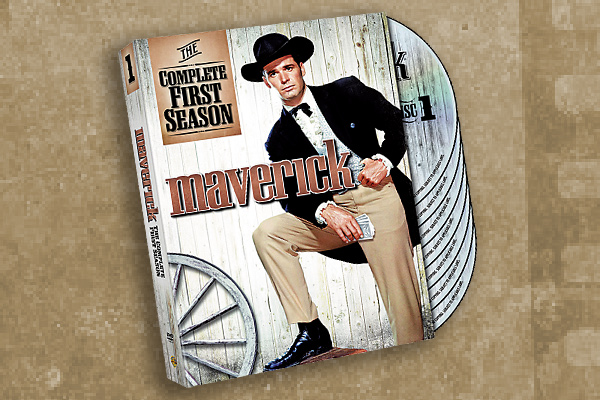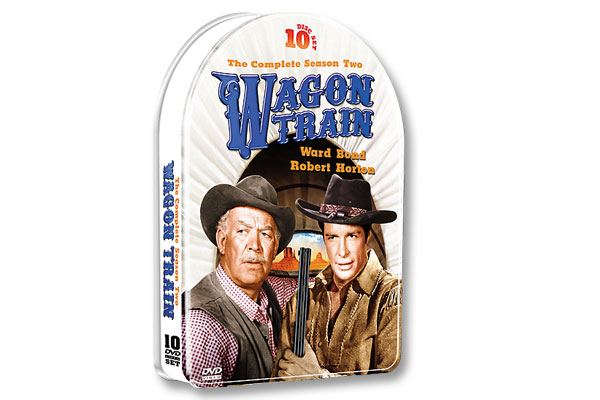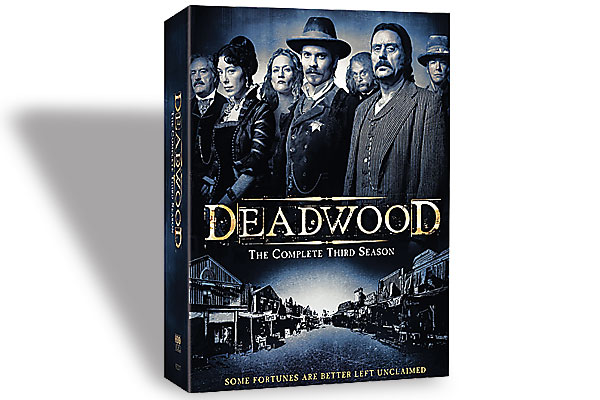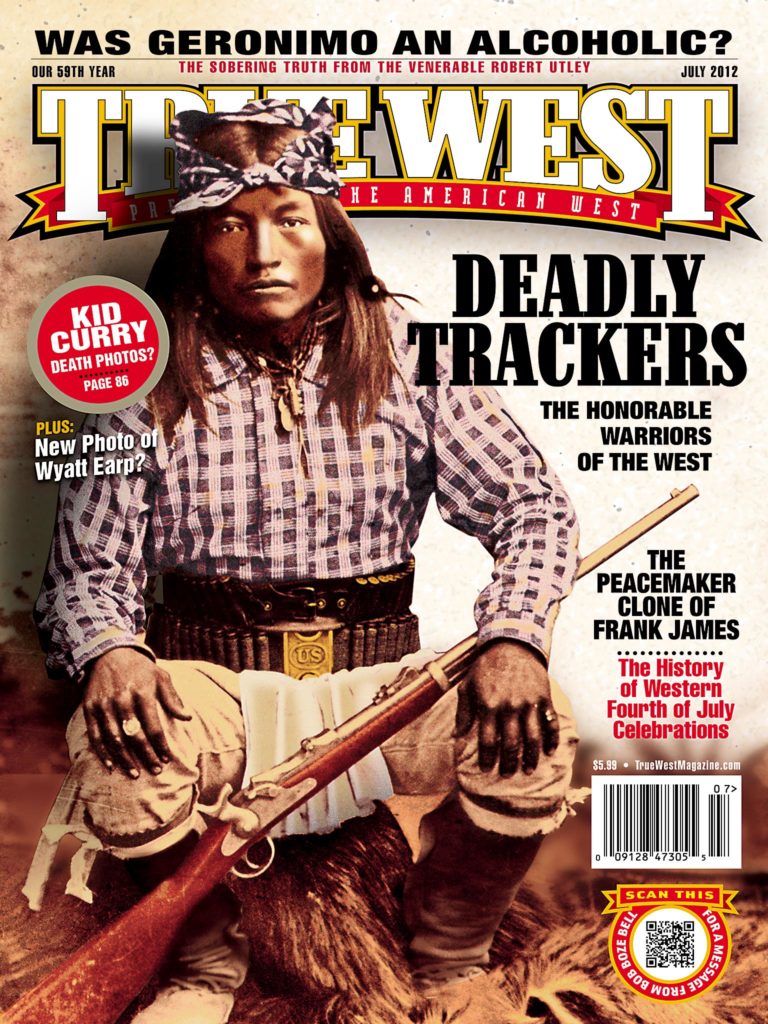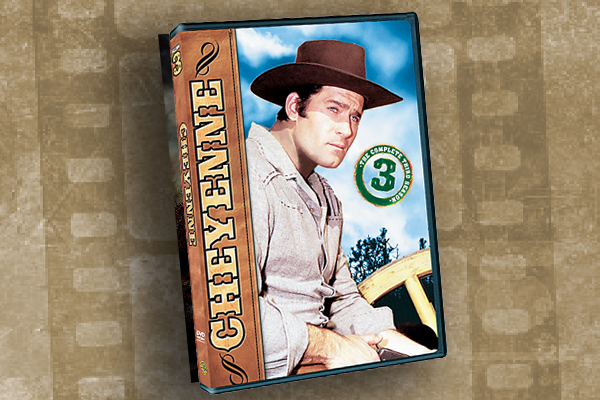 Cheyenne, as a series, didn’t exactly break new ground as the show progressed. It didn’t need to, because it had a perfect formula: stacks of scripts from the Warner movie library retrofitted for the hero, lumbering Cheyenne Bodie, who always found some line of work, either peacemaking or cowboying or trailblazing, from one show to the next (but very little romancing).
Cheyenne, as a series, didn’t exactly break new ground as the show progressed. It didn’t need to, because it had a perfect formula: stacks of scripts from the Warner movie library retrofitted for the hero, lumbering Cheyenne Bodie, who always found some line of work, either peacemaking or cowboying or trailblazing, from one show to the next (but very little romancing).
Despite how much physical space he took, the character of Cheyenne was a mild presence, and that worked to his benefit. What was unique about the actor who played him, Clint Walker, was that the star went on strike during the third season, demanding money he had coming, among other things. At the end of the 1957-58 season, Walker walked. Warner created a new series, Bronco, starring Ty Hardin, but while it was successful enough, Walker came back a year later; Bronco and Cheyenne leapfrogged episodes for a period of years.
The first one-hour network TV series, Cheyenne had top-notch production values, good guest actors and generally decent writing. It’s worth talking about the second episode in the season, “The Conspirators,” in which Bodie gets to sing and dance with a whip, dressed in a tuxedo. It’s a hoot.


